A Closer Look at Culturally Responsive Instuction
| Site: | Colorado Education Learning Management System |
| Course: | High Impact Instructional Strategies for Health Education |
| Book: | A Closer Look at Culturally Responsive Instuction |
| Printed by: | Guest user |
| Date: | Monday, 12 January 2026, 5:46 AM |
1. Overview
The purpose of this book is to provide resources are foundational to creating a classroom that supports culturally responsive practices and instructional equity. The webpage below provides an overview of culturally responsive practices.The chapters in the book provide a more focused look at:
2. Creating a Collaborative Community
How to build a collaborative community:
It is important to set clear norms and create positive classroom environments when moving students into collaborative group work.
Create an inclusive collaborative community “Building a sense of Community”
What is a collaborative community: the prevailing mood, attitudes, standards, and tone that you and your students feel when they are in your classroom.
Why have a collaborative community: A negative classroom climate can feel hostile, chaotic, and out of control. Whereas, a positive classroom climate feels safe, respectful, welcoming, and supportive of student learning.
Consider the Following Ideas to Build a Collaborative Community
- Develop and reinforce classroom rules and norms
- Develop and reinforce classroom rules and norms
- Promote positive peer/student interactions
- Promote positive peer/student interactions
Tips for Enhancing Positive Student Interactions
The following tips are offered in an effort to provide teachers with suggestions on how they might contribute to the improvement of the social interactions among students with behavioral disorders and their peers:
- Focus on teaching and modeling social and emotional learning strategies that encourage reflection and self-awareness. Encourage students to consider how individual actions and words have consequences. Through various modeling opportunities, assist in developing students’ ability to take different perspectives and viewpoints. Teach students to think through situations and/or challenges by rehearsing various outcomes (Quinn et al., 2000).
- Teach problem-solving and conflict resolution skills. Many students with behavioral disorders have deficits in executive functioning skills and require step-by-step instruction in problem-solving activities. Teachers should take the role of a coach and assist students in a problem-solving process. Teach students to identify the problem and brainstorm various solutions, and identify the solution he will use (Steedly, Schwartz, Levin, & Luke, 2011).
- Create opportunities to practice effective social skills both individually and in groups. Model effective social skills in the classroom through praise, positive reinforcement, and correction and redirection of inappropriate behaviors. Provide role-play scenarios that build social skills (Quinn et al., 2000).
- Adjust instructional strategies to address social skills deficits. Teachers should provide structure and organization within the classroom. The arrangement of the physical environment should be effective. Clearly stated instructional objectives and behavioral expectations should be provided throughout lessons and social interactions. Providing simulated real-life challenges that students might encounter at school, home, and in the community is essential to placing social skills in practical contexts (Steedly, Schwartz, Levin, & Luke, 2011).
- Tailor social skill interventions to individual student needs. Utilize various data collection strategies to collect behavioral information (e, g., screeners, observations of student in various settings, parent information, diagnostic information, student interviews, etc.) and use the results when deciding which interventions to use. Investigate strategies designed to meet particular social skills deficits and ensure the intervention is implemented with fidelity (e.g., the frequency, duration, and intensity of the intervention delivery meets set criteria) (Steedly, Schwartz, Levin, & Luke, 2011).
- Practice Communication Skills. Model and provide opportunities to practice effective communication skills. Teach students how to listen to others and waiting to talk, taking turns in a conversation, suggesting an idea, providing praise to others, saying thank-you, and apologizing. Communication skills can be taught through role play, games, and practice.
- Utilize collaborative learning environments. Incorporate collaborative learning activities within the curriculum to encourage social interaction. Utilizing collaborative groups will allow students to practice and observe appropriate social interactions with peer.
- Get parents involved! Obtain parental input regarding the student’s social interactions. Converse and collaborate with parents to develop a plan that can be used at home and in school.
- Be Creative!! Utilize various forms of media when teaching social skills. Allow students to read books about various conflict situations and verbally discuss solutions. Employ Love Lucy or other media clips and instruct students to view and critique the social interactions among the characters. Verbally discuss the characters’ interactions and discuss better behavior choices.
- Nurture positive trusting relationships with all students
- Nurture positive trusting relationships with all students
Tips and trust builders to nurture positive trusting relationships
3. Universal Design for Learning
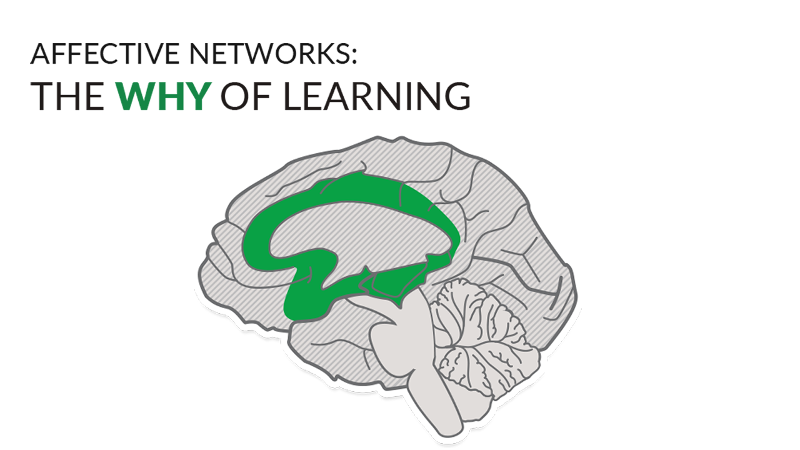 |
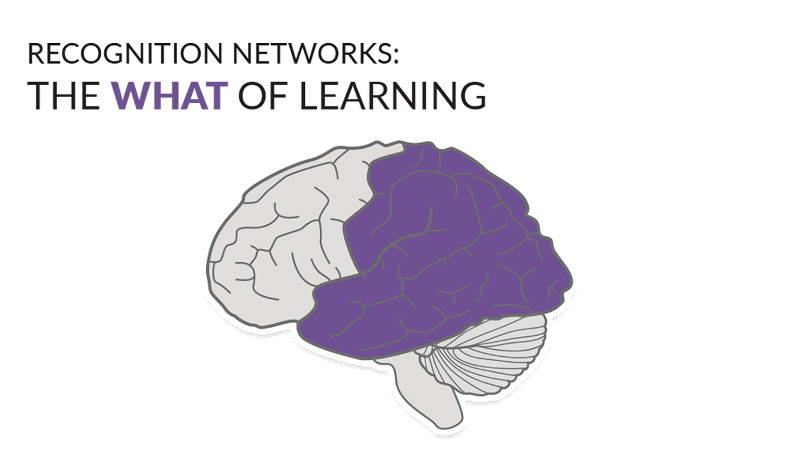 |
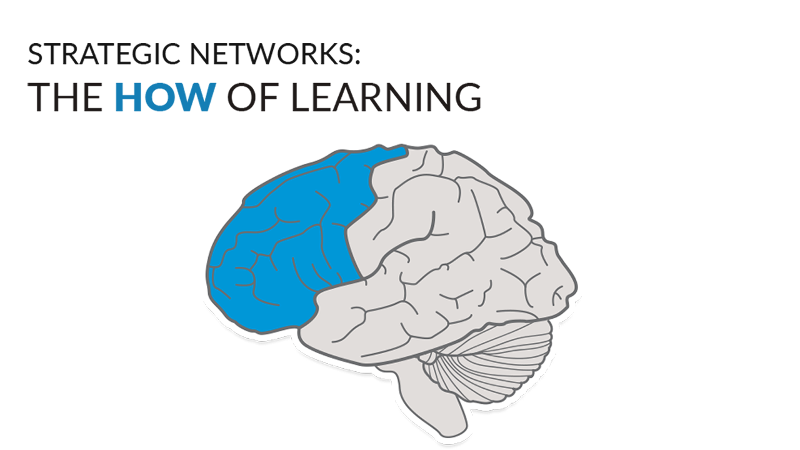 |
|---|
Universal Design for Learning Guidelines
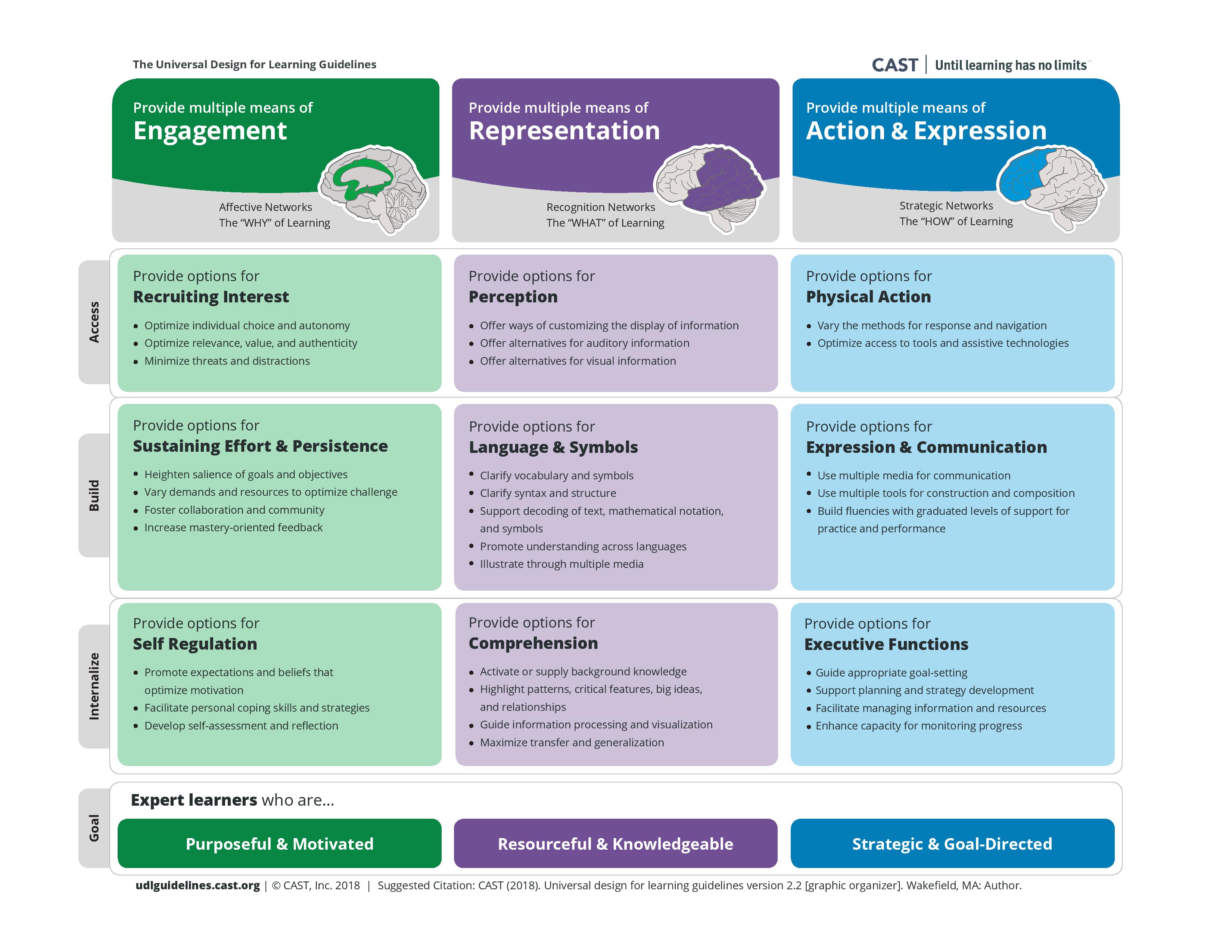
Universal Design for Learning (UDL) is a framework to improve and optimize teaching and learning for all people based on scientific insights into how humans learn.
Review resources for this lesson by scrolling in the Lesson 1 column below.
Reflective Questions
- Are you most comfortable with the Why, What, or How of learning in your teaching?
- What impact can that comfort area have on creating an instructionally equitable learning space?
- Are you least comfortable with the Why, What, or How of learning in your teaching?
- What drives that lack of comfort? Do you have a fixe or growth mindset about this area?
- What would it look like for you to strengthen this area? What supports and resources would you need?
4. Growth Mindset
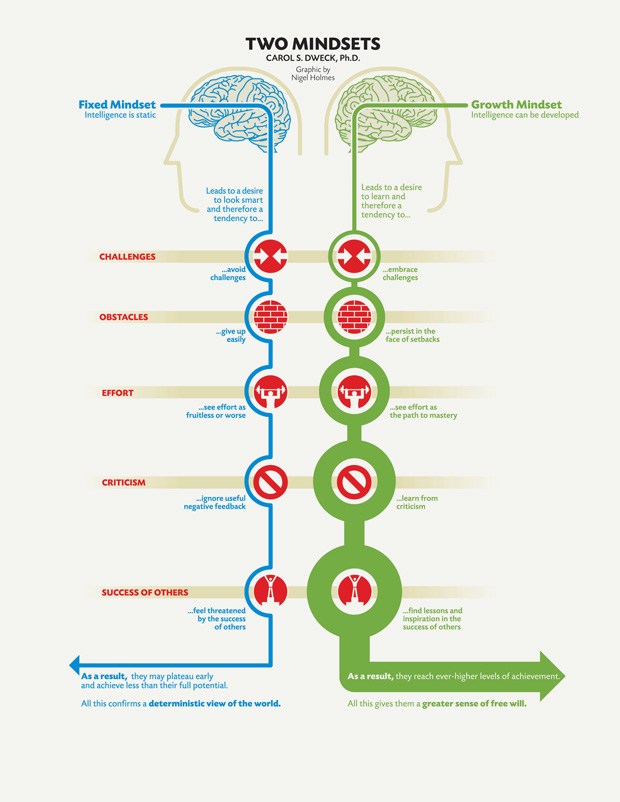
Observation + Mindset
When viewing the table below, reflect on potential underlying biases or assumptions.
| Observed Behavior | Fixed Mindset | Growth Mindset |
|---|---|---|
| Student arrives late to their first period class on most days. | Student does not care about the class. | Teacher could connect with that student to learn what is causing them to arrive late. Maybe there is something going on at home. |
| Student A did not do well on Unit 1 and Unit 2 assessments. | Student A is not a good test taker. | Teacher could meet with the student 1:1 to discuss test taking strategies. |
| Student is agitated by teacher's feedback on essay. | Student is not self-reflective and unable to grow from feedback. | Teacher could reflect on times that they have not responded well to feedback and develop empathy for the student. |
It is also important to consider how growth mindset fits into the frame of the "learning pit" a positive growth mindset gives students the language and skills to go into the learning pit calm and ready to climb out and to engage in new learning.
https://www.challenginglearning.com/select-a-region/north-america/
Reflective Questions
- Think of a student that you have now or in the past that you have had a Growth Mindset about. What was it about that student or the situation that caused you to have a Growth Mindset about them? Is it possible that an implicit bias played a roll in how you viewed that student?
- Think of a student that you have now or in the past that you have had a Fixed Mindset about. What was it about that student or the situation that caused you to have a Fixed Mindset about them?
- What would need to change or be in place for you to have a Growth Mindset towards the student you had a Fixed Mindset about? Is it possible that an implicit bias played a roll in how you viewed that student?
- What is the connection between implicit bias and mindset?
5. Classroom Management
Establishing classroom culture, norms, and expectation that are equitable and culturally responsive is critical part of delivering Culturally Responsive Instruction. Review the four strategies below.
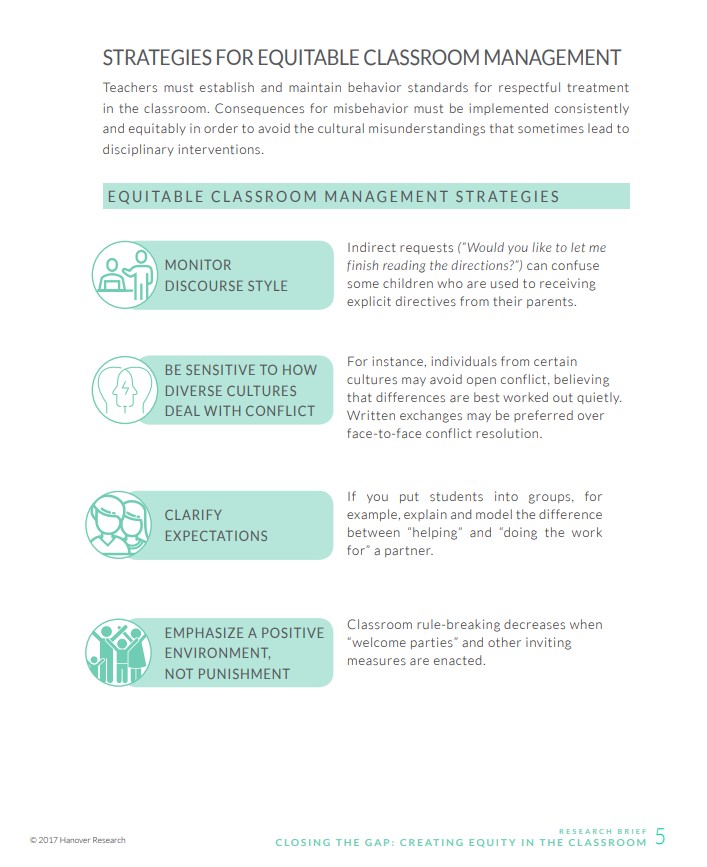
The strategies above a pulled from a document put together by Hanover Research entitled "Closing the Gap: Creating Equity in the Classroom".
Reflective Questions
- In your own professional work environment, which of these strategies do you like to experience?
- On your best day of teaching, which of these strategies do you implement?
- Which of the four strategies do you implement inconsistently?
- How might your implicit biases impact your ability to consistently implement that strategy?
- What are one or two ways that you could become more consistent in the application of that strategy?
6. Cognitively Demanding Instruction
There can be an assumption by some that a classroom that includes Culturally Responsive Teaching, Equitable Practices, and Universal Design for Learning is not as academically rigorous as a classroom that doesn't include those items. Academic Rigor and Instructional Equity are NOT mutually exclusive.
Boston Public Schools (BPS) has placed "Instructional Equity" at the heart of their Instructional Vision.
BPS Instructional Vision:
Boston Public Schools students are the citizens, leaders, scholars,
entrepreneurs, advocates, and innovators of tomorrow. BPS must
ensure that 100% of those students are ready for college, career,
and life.
In order to realize our vision, we must transform teaching and
learning in BPS. Our students must have access to authentic learning opportunities that will prepare them for success in the rapidly
changing world in which we live. The Essentials for Instructional
Equity enable this transformation.
BPS has developed four competencies that comprise their Essentials for Instructional Equity, one of which is "Facilitate Cognitively-demanding tasks & instructions".
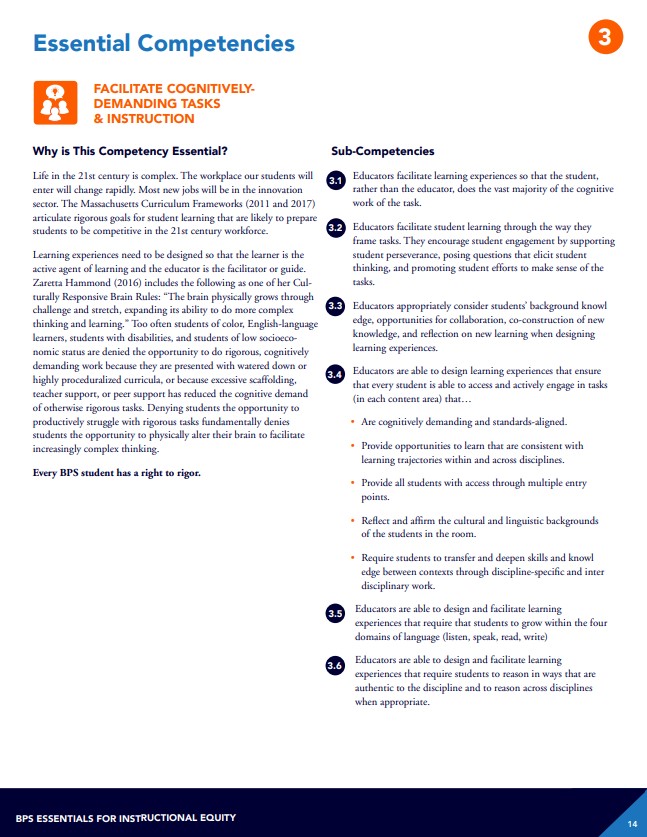
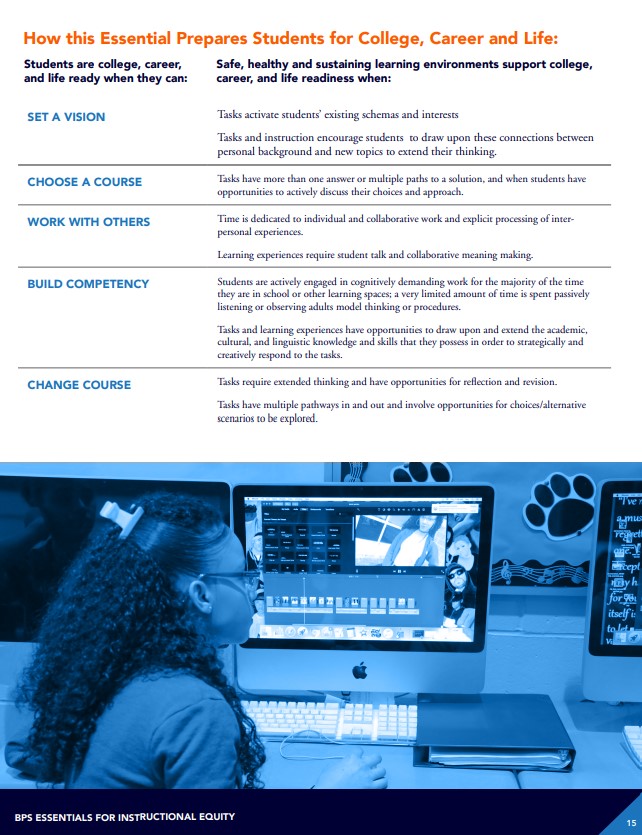
The items above a pulled from a Boston Public Schools document entitled "BPS Essentials for Instructional Equity".
7. Everyone Loves a Checklist
Everybody loves a good checklist. Checklists are a quick and organized way to evaluate what you have accomplished and what is remaining to be addressed. It can also help you prioritize. Below you will find two checklist one developed by Cairn Guidance is specifically for culturally responsive practices in health education. The second checklist focuses on general strategies and structures to support culturally responsive teaching. As you review these two tools, I would encourage you to rate yourself on health education practices checklist and identify the general practices that you regularly engage in. See the reflection questions at the end of this chapter.
To download the Checklist from Cairn Guidance https://cairnguidance.com/wp-content/uploads/Health-Education-Culturally-Responsive-Checklist.pdf
General Diagnostic Checklist
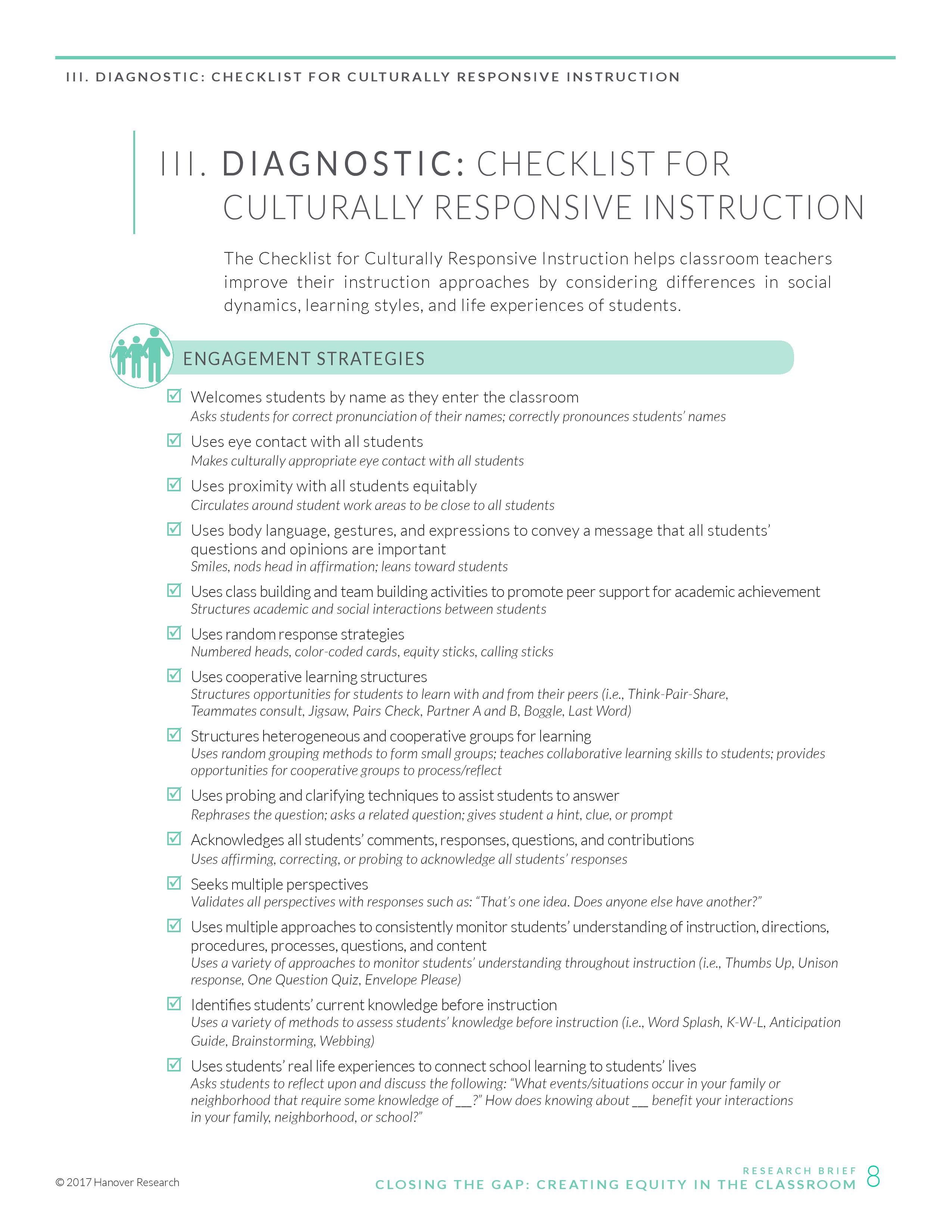

Reflective Questions
- Which of the items in the checklists above do you consistently use and rated as Proficient or Distinguished with your students? Let's define "consistently" as at least 4 times a week.
- How do the checklist items you currently implement on a consistent basis support culturally responsive instruction?
- Which of the items in the checklists above do you occasionally and rated, Beginning or Approaching use with your students? Let's define "occasionally" as 1 time a week or less.
- How might the checklist items you occasionally implement support culturally responsive instruction? What impact could those practices have on your ability to create a culturally responsive learning space if you implemented them once or twice more a week?
8. Inclusive Practices in Health Education
Explore how the Inclusive Practices in Health Education Task Force has provide strategies and practices that promote a student-centered learning environment and to create resources for preK-12 educators and HETE programs that aid in supporting educators to make their health education space one that values each student in the room.
Inclusive Practices in Health Education by SHAPEAmerica - Issuu